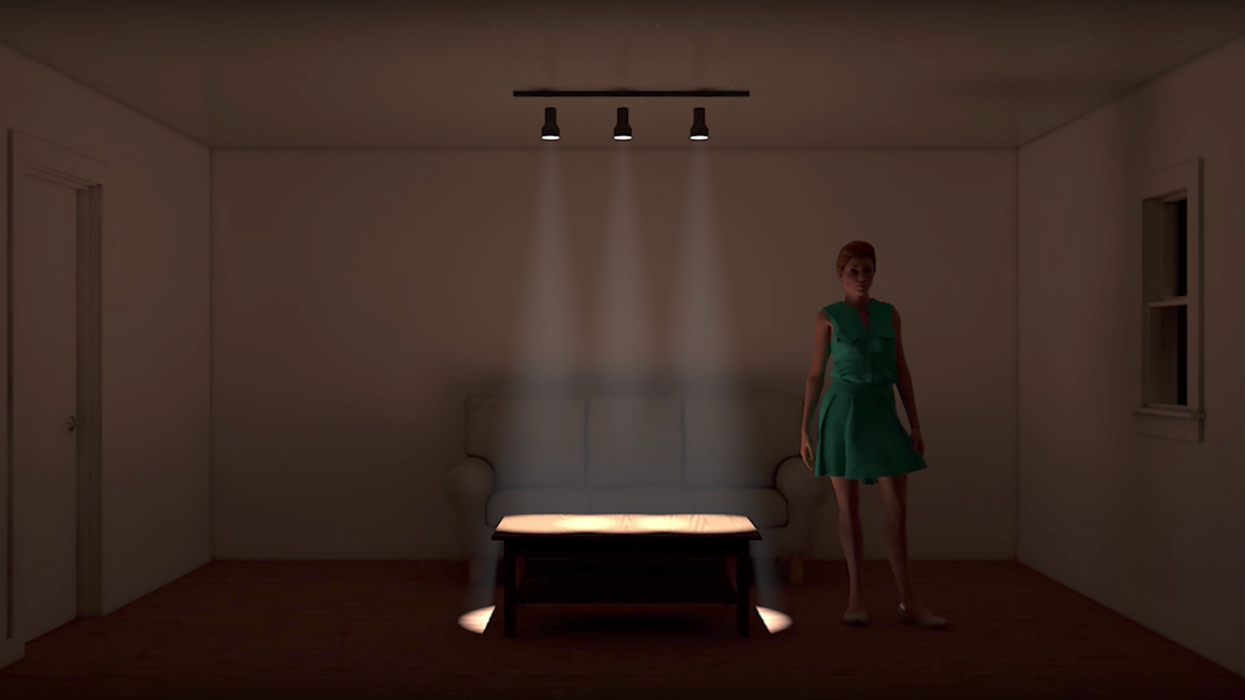Fun with Practicals: How to Light a Scene with Lights You Have at Home
What does a scene look like that is only lit by residential lighting?

Professional lighting kits make it possible to light scenes just the way you want them (if you know what you're doing), but many times it's easy to forget about the practical lights that are most definitely available (and unavoidable) at your shooting location. In order to know how to utilize practicals in the lighting design of your scene, you might want to know how they affect the look of the room when they're the only light source. In this video, Matthew Workman of Cinematography Database fires up Cine Designer to give you an idea of what you're in for when using a wide variety of common household lighting, including flush mount, recessed, and floor lights.
To be honest, this is one of those filmmaking videos that you don't know you need to see until you see it. But being able to see what different kinds of residential lighting looks like at a glance is incredibly helpful, because once you see a clear illustration of the light patterns and behaviors—where the light falls and bounces—you start to better understand your creative and technical choices as a filmmaker when you're given the option to shoot with different practicals. As Workman says:
This is type of lighting is easy to take for granted, but understanding how architects light spaces can provide insight on how approach lighting scenes for narrative and commercials later on.
In the same way that filmmakers routinely turn off all the lights on set to see where ambient light falls, it's good to get in the habit of turning on only the practicals you plan to use to see what your set looks like without any added sources. You'll be able to better understand what those lights are doing for your scene, how they're affecting the look and feel of your shot, and what you can do to utilize them best for your film.
Source: Cinematography Database











